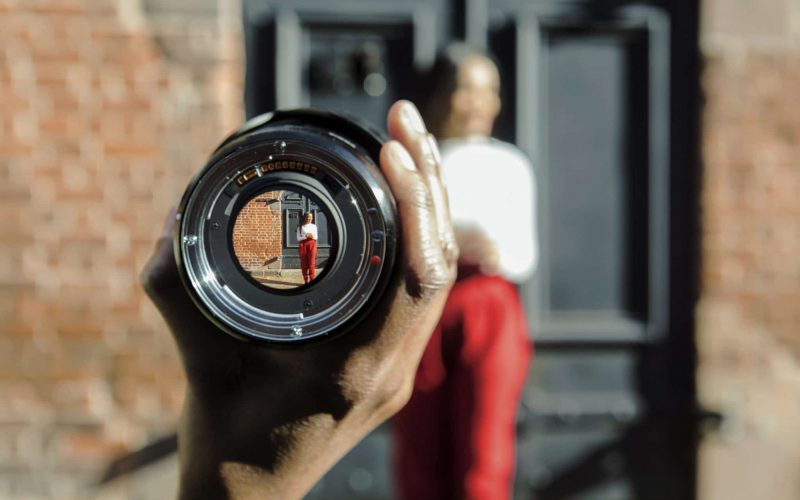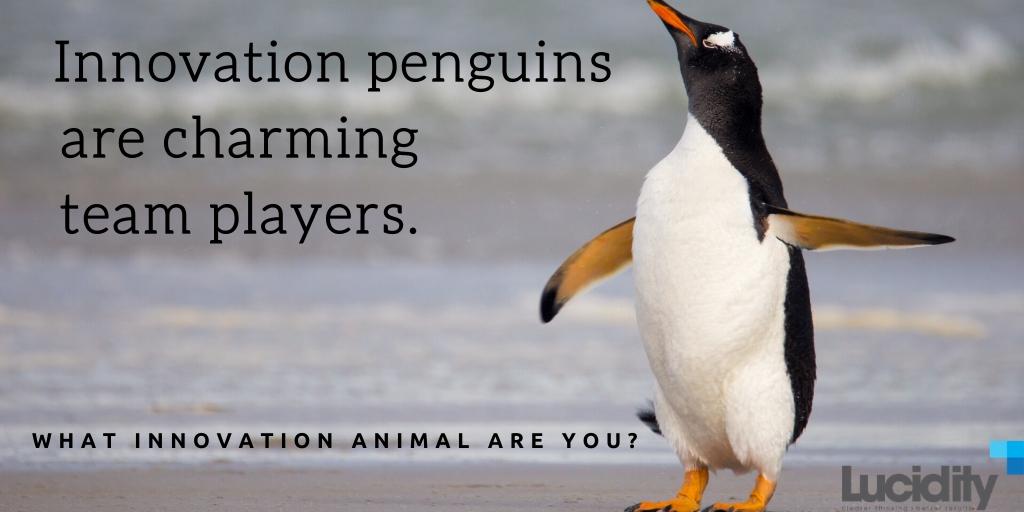
Every day our brain processes hundreds of thousands of bits of information. It unconsciously categorizes and formats the information into familiar patterns. Someone’s gender, ethnicity, disability, sexuality, body size, profession etc., all influence the snap decisions that we make about them and the basis of the relationships we form with them. Unconscious bias is often subtle and unnoticed, and we all do it.
Unconscious bias happens at a subconscious level. Our subconscious brain can process information much faster than our conscious brain. Our quick decisions are made in our subconscious based on societal and parental conditioning.
Bias exists. It’s part of the human condition. All of us have it and it colours our decisions and can impact on our performance without us realising.
We all have bias
Our bias is made up of all our experiences including our upbringing, those we socialise with and the media we consume. We can’t help but have bias. The important thing is to acknowledge that you, me and everyone has bias and then understanding what that means and how to work with that knowledge.
Know your biases
The first step is to start to become aware of what your biases are, and where they are most likely to appear. Start to notice your decisions. Challenge yourself by asking yourself ‘What assumptions did I make about this situation that might have influenced my decision?’ Another way is to take a test, for example, Harvard University has carried out research into unconscious bias and has released the Implicit Association Test to help people identify their biases.
We can hold biases about many different things
Biases manifest themselves in a number of different ways. Some of them are more positive than others.
Affinity bias is where we’re more likely to treat someone favourably because they remind us of ourselves.
Safety bias is where we’re pre-programmed to make the choices which feel safest to us. That might be the route we take from the station late at night, or choosing the same recruiter we’ve always used to hire into a role in our team or sticking to innovating. In times of uncertainty our safety bias can be heightened.
‘Halo or horns effect’ is where you let something particularly positive or negative that someone has said to you shape your entire perception of them.
Confirmation bias is that lovely human tendency of filtering out everything apart from the evidence which backs up your existing opinions.
Perception bias is the tendency to believe one thing about a group of people based on stereotypes and assumptions, making it impossible to be objective about individuals.
Group think is the tendency to try too hard to fit into an existing culture and holding back thoughts or opinions, resulting in the loss of identity, creativity and innovation.
What might you do about bias?
Start to notice and check yourself. This isn’t about being judgemental about your bias, just start to recognise them and get into the habit of asking yourself, ‘what bias is at play in the decisions I’m making?’
For example, if you’re looking for someone to work on a key project, think really carefully about what that person needs to be able to do. Challenge yourself to think objectively. Write a list of what you’re looking for in a candidate, and then USE that list to make an objective decision about who the right person for the job is, using evidence rather than an unconscious bias snap decision.
A great way of dismantling your biases is to spend as much time as you can with people who are completely different to you, with different skills, experience, background and biases. When you understand more about each other’s approaches it helps you to work together more effectively to make your good ideas happen.
Over the years, I’ve worked with many organisations, teams and individuals to help them develop better strategies for creativity and innovation. What I’ve discovered is that new technology can help facilitate innovation, that a well-considered process can enable good ideas to become reality but the key ingredient to any successful innovation or change programme is people. And having a diverse mix of people matters.
If you’d like a tool to help you bypass your biases and improve your innovation success rate, take this 3 minute quiz with your team to identify your own innovation style and the style mix of your team members.

Did you you know that innovation penguins are special. They are charming team players. They are valuable in helping others to build on ideas.
Are you a penguin? Do you have any penguins in your team?
Do the 3 minute quiz and find out what innovation animal you are.
